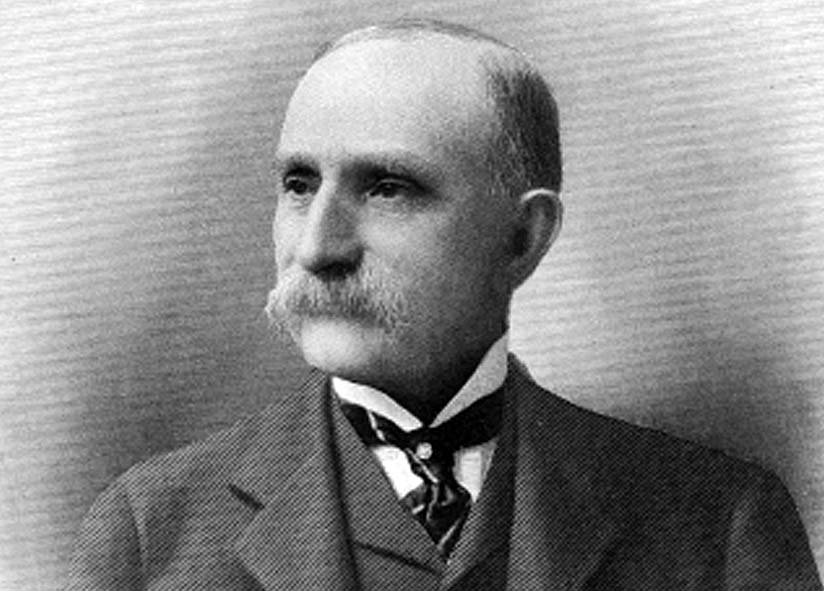
Telluride Colorado USA - From the beginning, San Juan communities such as Telluride, Rico, and Ophir depended on the mines nestled high in the mountains for their growth and prosperity.
Prior to 1891, most of the mines relied on freighter teams, designed to carry goods in bulk, for the movement of ore and supplies.
The mule trains and tramways did the brunt of the transportation work, hauling goods up and down the narrow mountain switchbacks on a daily basis.
Once the mule trains made it down the treacherous Telluride passes, mine owners still faced the problem of moving the precious minerals extracted from the Telluride mines out of this remote valley.
The arrival of the Rio Grande Southern Railroad in 1891 cut the long-haul business of these freighters, allowing goods to move in and out of Telluride more efficiently and economically than could ever be imagined.
Come learn more about the connection between the mining industry and the railroad on November 1st as part of the Telluride Unearthed lecture series, an annual event hosted by the Telluride Historical Museum and Pinhead Institute.
This year's theme "Rails in the Valley" will span the history, science, and stories of the railroad.
This series is designed to give locals an opportunity to discover more about their resident valley.
Ft. Lewis Professor and Western Historian Dr. Duane Smith will host the first lecture of the series, presenting "Tracks into Telluride" from 18:00 to 20:00 in the Telluride Historical Museum's Weatherford Room.
Smith will explain more about the critical role the railroad had on Telluride's regional mining industry, and the critical role the mining industry had on Telluride's regional railroad history.
According to Smith, "The coming of the railroad was a key component to Telluride's development. Without the railroad, mining throughout the region would have never have reached full stride."
Smith postures that the relationship between the railroad and mining industry is like "love and marriage," though he states that some might argue with the point that the two don't always go hand-in-hand.
Smith will begin the evening with a general discussion on the history of the railroad in the San Juans and discuss the role of Otto Mears "The Pathfinder of the San Juans," who connected Telluride to the rest of the world with the Rio Grande Southern Railroad.
Smith will also discuss the problems that plagued the railroads throughout the region, from snow slides to breakdowns.
Smith's talk will include historic images that provide excellent visuals showcasing the history of the railroad in the region, even including railroad disasters with photographs of engines dangling off trestles.
Smith has taught at Ft. Lewis College since 1964 and was selected Colorado Professor of the year in 1990.
Smith is the author of thirty-two books and over sixty articles on Colorado history.
This is sure to be an entertaining and educational program on the history of the railroad into our valley not to be missed.
The 2007 "Rails in the Valley" series costs US$10 per lecture or US$25 for a series pass.
There will be free refreshments and a cash bar beginning at 17:30 prior to each lecture.
This program is supported by Museums for America Grant given by the Institute of Museum and Library Services (IMLS).
Other sponsors include Camels Garden, CCAASE, and the Telluride Foundation.
Partners of the program include the Telluride School District and the Wilkinson Public Library.
While in town, Smith will be making classroom presentations at the Telluride Schools as part of the Pinhead Institute's "Scholars in the Schools" program.
Katie Klingsporn.
provisions in Section 29 of the Canadian
Copyright Modernization Act.










